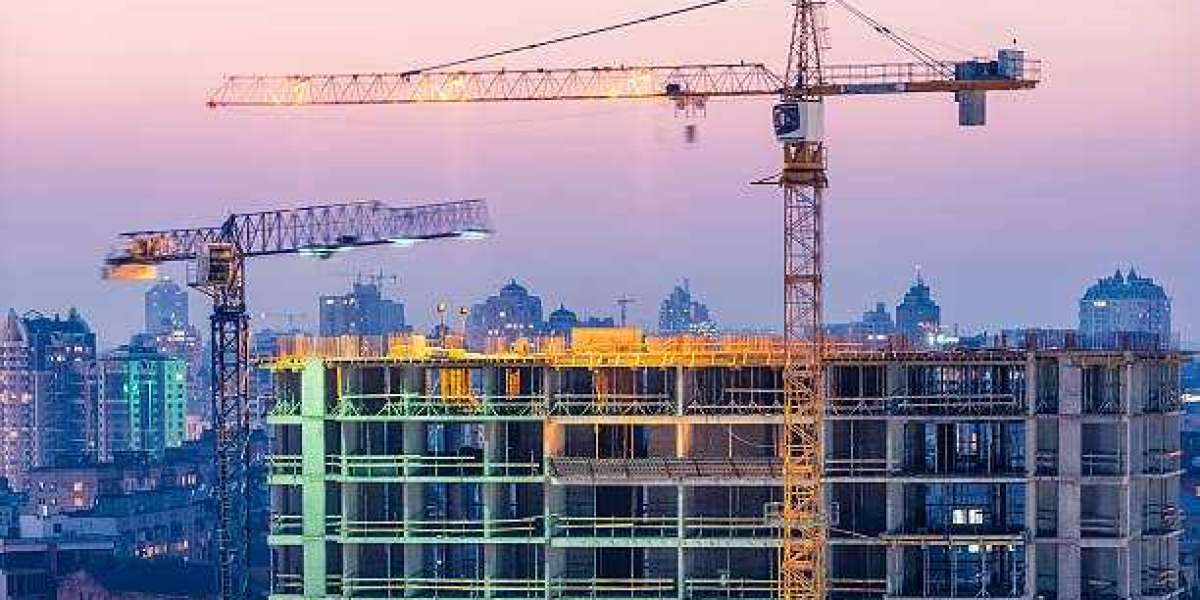In an era increasingly defined by environmental awareness and sustainability, the concept of remodeling homes with eco-friendly practices has gained significant traction. Sustainable remodeling not only aligns with global efforts to reduce carbon footprints but also offers homeowners opportunities to enhance comfort, efficiency, and property value. This article delves into the principles, benefits, challenges, and practical applications of sustainable remodeling, aiming to inspire and guide homeowners towards creating more sustainable living spaces.
Section 1: Understanding Sustainable Remodeling
Definition of Sustainable Remodeling Sustainable remodeling involves the use of environmentally friendly materials and technologies to improve the energy efficiency, water efficiency, and overall sustainability of a home. It encompasses practices that reduce environmental impact both during construction and throughout the life cycle of the home.
Key Principles: Reduce, Reuse, Recycle At its core, sustainable remodeling adheres to the principles of reduce, reuse, and recycle. This means minimizing waste, repurposing existing materials where possible, and choosing materials that have minimal environmental impact.
Environmental Benefits of Sustainable Remodeling By reducing energy consumption, conserving water, and minimizing waste, sustainable remodeling significantly lowers the carbon footprint of homes. This contributes to mitigating climate change and preserving natural resources for future generations.
Section 2: Sustainable Materials and Technologies
Use of Eco-Friendly Building Materials Sustainable remodeling promotes the use of materials such as recycled wood, bamboo, reclaimed stone, and low-VOC paints. These materials reduce demand for new resources and often have lower environmental impacts compared to conventional counterparts.
Energy-Efficient Technologies Integration of energy-efficient technologies like solar panels, energy-efficient appliances, LED lighting, and smart home systems not only reduces utility bills but also enhances the overall sustainability of the home by decreasing reliance on fossil fuels.
Water-Saving Fixtures and Systems Incorporating water-saving fixtures such as low-flow toilets, faucets, and showerheads, as well as implementing greywater systems for irrigation, helps conserve water resources and reduce water bills.
Section 3: Design and Architecture
Principles of Sustainable Design Sustainable design principles include passive solar design to maximize natural heating and cooling, proper orientation of windows for natural light and ventilation, and insulation techniques to improve energy efficiency.
Adaptive Reuse of Existing Structures Adaptive reuse involves repurposing existing materials and structures, thereby reducing waste and preserving historical or architectural value while improving functionality and sustainability.
Incorporating Natural Light and Ventilation Designing spaces to optimize natural light reduces the need for artificial lighting, while proper ventilation strategies enhance indoor air quality and reduce reliance on mechanical systems.
Section 4: Case Studies of Successful Sustainable Remodeling Projects
Examples of Sustainable Remodeling Projects
Green Roof Retrofit: Converting a conventional roof into a green roof with vegetation not only enhances insulation and stormwater management but also provides habitat for wildlife.
Energy-Efficient Retrofit: Upgrading HVAC systems, installing solar panels, and improving insulation in an older home drastically reduced energy consumption and carbon emissions.
Challenges Faced and Solutions Implemented Each project faced challenges such as initial costs, regulatory hurdles, and technical complexities. Solutions included leveraging tax incentives, partnering with knowledgeable contractors, and meticulous planning to achieve sustainable goals.
Positive Impacts on Homeowners and the Environment Homeowners experienced lower energy bills, improved comfort, and increased property value, while the community benefited from reduced environmental impact and enhanced neighborhood aesthetics.
Section 5: Benefits of Sustainable Remodeling
Economic Benefits Sustainable remodeling offers long-term financial benefits through reduced energy and water bills, potential tax incentives, and increased property value due to growing demand for eco-friendly homes.
Health Benefits Improvements in indoor air quality, reduced exposure to toxins from conventional building materials, and enhanced thermal comfort contribute to better overall health and well-being for occupants.
Long-Term Environmental Impact By lowering energy consumption and resource extraction, sustainable remodeling plays a crucial role in mitigating climate change and preserving natural ecosystems for future generations.
Section 6: Challenges and Considerations
Common Challenges in Sustainable Remodeling Key challenges include higher upfront costs of eco-friendly materials and technologies, navigating complex building regulations, and finding skilled contractors with experience in sustainable practices.
Regulatory Considerations and Certifications Navigating certifications such as LEED (Leadership in Energy and Environmental Design) and Energy Star requires careful planning and adherence to specific sustainability criteria but can validate the environmental performance of a remodel.
Cost Considerations and Return on Investment While initial costs may be higher, the return on investment in terms of energy savings, increased home value, and reduced maintenance costs often outweighs the upfront expenses over the lifespan of the home.
Section 7: Tips for Homeowners Considering Sustainable Remodeling
Steps to Take Before Starting a Sustainable Remodeling Project
- Conduct a home energy audit to identify areas for improvement.
- Research and prioritize eco-friendly materials and technologies based on local climate and building codes.
- Create a detailed budget and timeline, considering potential incentives and financing options.
Choosing the Right Professionals and Contractors Select contractors and designers with experience in sustainable remodeling and a commitment to green building practices. Request references and examples of past sustainable projects.
Resources and Tools for Sustainable Remodeling Utilize online resources, workshops, and local green building organizations to stay informed about the latest sustainable remodeling trends, technologies, and funding opportunities.
Conclusion
In conclusion, sustainable remodeling represents a pivotal opportunity for homeowners to contribute positively to the environment while enhancing the comfort, efficiency, and value of their homes. By embracing sustainable practices and technologies, homeowners can create healthier living environments and reduce their ecological footprint. As we look towards the future, the continued advancement and adoption of sustainable remodeling solutions promise to shape a more sustainable built environment for generations to come.






